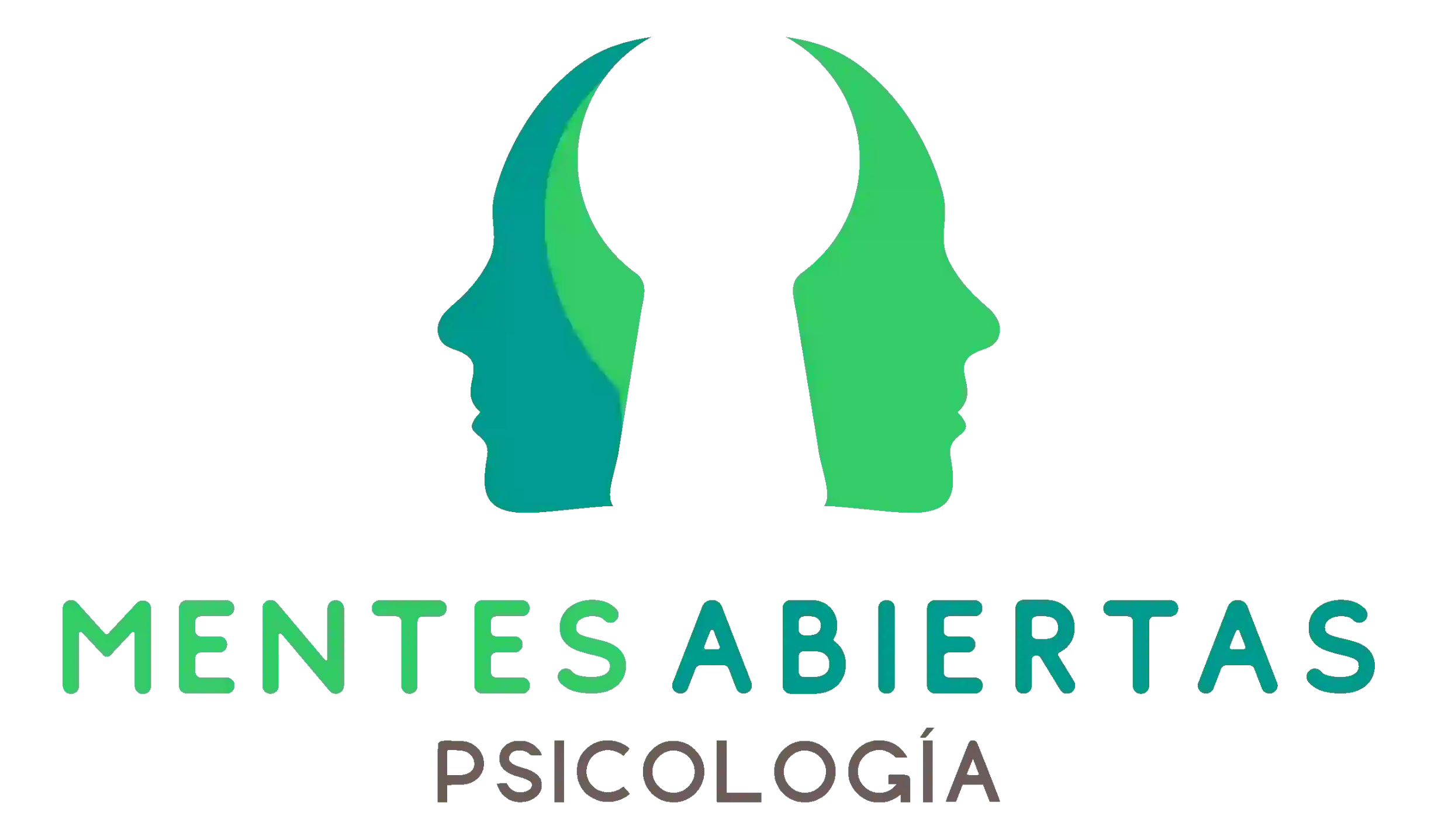Non-suicidal self-harm is a worrying problem that affects a large number of young people today. This behavior can manifest itself in various ways, such as cutting, burning, hitting, or any other action that causes physical harm without suicidal intent. Educators have a fundamental role in detecting and managing this behavior in the school environment. It is crucial that they are prepared to address this issue with empathy and effectiveness, providing the necessary support to young people who need it. Below are five key tips for educators dealing with young people who self-harm.
1. Educate Yourself About Non-Suicidal Self-Injury
Before addressing the topic of non-suicidal self-injury with youth, it is essential that educators educate themselves and better understand the phenomenon. Self-harm can be a coping mechanism to deal with stress, anxiety, depression, or other emotional difficulties. It is important to understand that self-harm is not a suicide attempt, but rather a way of expressing emotional distress.
Educators should be aware of the signs of self-harm, such as unexplained cuts, burns, or bruises, as well as the possible causes. underlying problems, such as bullying, academic pressure or family problems. By better understanding non-suicidal self-injury, educators will be better prepared to approach the situation with sensitivity and empathy.
Recommended resources:
- Academic articles on self-injury in youth
- Mental health training courses
- Talks or conferences on self-harm and emotional health
2. Create a trusting and supportive environment
Young people who self-harm often experience feelings of shame, guilt and loneliness. It is essential that educators create a safe and trusting environment where young people feel comfortable talking about their emotions and difficulties. Listening actively, without judging, and showing empathy are key aspects in the relationship with young people who self-harm.
Educators must remember that self-harm is not an attention-seeking behavior, but rather a way of expressing discomfort. deep emotional. Providing emotional support, offering resources and connecting young people with mental health professionals are actions that can make a difference in the lives of these young people.
Strategies to create an environment of trust:
< ul>3. Promote emotional education and coping skills
Nonsuicidal self-injury may be an indicator of underlying emotional difficulties that young people do not know how to manage in a healthy way. Educators can play a crucial role in promoting emotional literacy and teaching effective coping skills. Helping young people identify and express their emotions, as well as teaching them strategies to cope with stress and anxiety, can prevent self-harm and promote their emotional well-being.
It is important that educators provide concrete and practical tools to manage emotions in a healthy way, such as conscious breathing, meditation, art therapy or physical exercise. By strengthening young people's coping skills, they are empowered to confront their emotional difficulties in a constructive and healthy way.
Activities to promote emotional education:
- Coaching sessions mindfulness or full attention
- Art therapy or creative expression workshops
- Support and discussion groups on emotions and coping
4. Collaborate with mental health professionals
If an educator identifies a young person who is self-harming, it is essential to collaborate with mental health professionals to ensure appropriate intervention and necessary support. Psychologists, therapists or school counselors can offer specialized assessment, diagnosis and treatment to address the underlying causes of self-harm and provide the emotional support the young person needs.
Interdisciplinary collaboration between educators and mental health professionals It is key to providing comprehensive and personalized care to young people who self-harm. Working as a team allows the emotional and psychological needs of young people to be addressed more effectively, promoting their long-term well-being.
Benefits of collaboration with mental health professionals:
- < li>Specialized evaluation of the underlying causes of self-harm
- Specialized and personalized treatment for each case
- Ongoing support and monitoring of the young person's emotional progress
In addition to addressing self-harm once it has been detected, it is important for educators to promote prevention and awareness in the school community. Raising awareness about non-suicidal self-harm, its causes and consequences, can help reduce stigma and promote an environment of openness and understanding.
Organizing talks, workshops or awareness campaigns about self-harm can educate students , teachers and school staff on how to identify, address and prevent this behavior. By creating an environment where mental health and emotional well-being are prioritized, a culture of care and mutual support is promoted in the educational community.
Actions to promote prevention and awareness:
- Organize educational talks or workshops on self-harm
- Promote the inclusion of mental health in the school curriculum
- Provide resources and support to young people at risk of self-harm
In conclusion, educators play a crucial role in detecting, intervening and supporting young people who self-harm. By educating themselves about non-suicidal self-harm, creating an environment of trust, promoting emotional education, collaborating with mental health professionals, and promoting prevention and awareness, educators can significantly contribute to the emotional well-being of affected young people. With empathy, understanding and support, educators can make a difference in the lives of those experiencing emotional difficulties.





